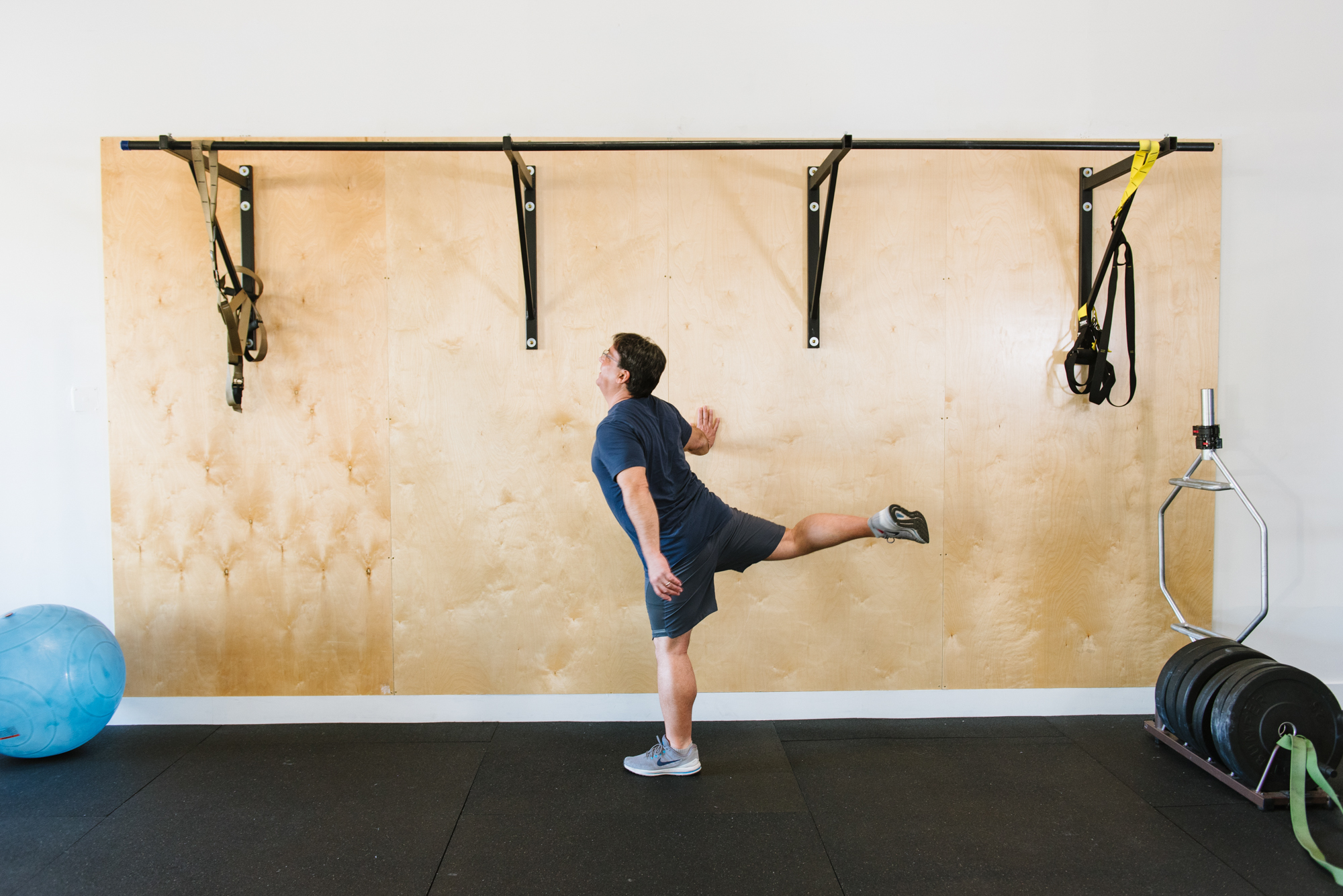Injuries are no fun. They occur from unexpected moments and can put us on the sideline of activities we enjoy. Many of our personal training clients in Napa seek out our guidance on how to efficiently recover from a muscular or joint injury so they can return to their normal extracurricular physical activities. A common question that gets asked is if injuries should be stretched or not. Just like many things in the world of exercise physiology and the rehab of the body from injuries that affect the joints and connective tissue in our body, there are many factors that we need to assess before making the decisions to stretch or not. Stretching an injury could lead to hasty recover to an injury or cause the injury to heal less efficiently.
One of the first things we ask personal training clients in Napa before making recommendations on a good rehabilitative plan to recover an injury is, “how did the mechanism of injury occur?” Was it a twist? A sprain? An over stretched muscle? A percussion injury in which the victim ran into something, fell on something, or was hit by an object? These are critical data points that offer evidence on where to start a point of rehab that will lead to returning the injured site of the body to optimal working conditions.
Let’s look at the idea of stretching a muscle. If a muscle is bound up from a cramp or muscle tightness to where extending a limb is challenging, then stretching to increase range of motion could be a beneficial outcome. However, if the mechanism of injury occurs from an overstretched muscle group, then stretching to rehabilitate an already overstretched muscle could result in diminishing returns. Why would we want to stretch a site of injury that has already been damaged by stretching past its normal parameters? When connective tissue around joints and muscles get injured from one of the above listed injuries, the tissues around the skeletal muscle, tendons and ligaments get damaged to the point to where oxygenated blood flow is delivered inefficiently. Sub optimal blood flow to working muscle and connective tissue around joints leads to lack luster healing properties and oxygen delivery, leading to a lack of healing and performance functionality to the working muscle. The healing process needs to be carefully managed before going into an advanced form movement to allow the damaged cells of the muscles to recover fully so oxygenated blood flow can help the injured site recover. Injuries that are caused by torn, strained, or over-stretched events such as hamstring, groin, or abdominal tears need rest to allow the connective tissue cells that connect the muscles and bones to each completely regenerate. It’s important to understand the severity of an injury and allow proper rest as a priority to allow regrowth of cells involved in the site of injury.
As we manage injuries with our personal training clients in Napa, one of the first noteworthy actions to note is when the injury occurred and how severe this injury was. Was this a torn hamstring that allows for advanced therapy with a physical therapist to where the joint can’t move past a certain angle for 90 days? Or was this a brief strain in the shoulder and neck area that might heal up in a few weeks. The point of emphasis here is that injuries need a time line of when to allow specific movements back into an injured individuals life. We encourage at least 30 days of rest from intense training. We ensure to increase range of motion movements before re-admitting exercises with normal range of motion back into the program. If we keep tabs on when the injury occurred and set a period restriction from specific movements for a prescribed time frame, the likelihood of healing can be expedited. Most importantly, the likelihood of re-injury will be significantly lower. Perhaps before stretching an injury, it would be a good idea to lay off stretching for a brief time frame of 2 weeks to 30 days before moving that muscle group to an increased range of motion and allow the connective tissue cells to regrow.
Understanding where a time line of recovery is critically important toward getting a musculoskeletal injury back to optimal performing conditions. Instead of jumping right back into advanced physical activity, such as improving flexibility and range of motion of a joint, perhaps it would be a good idea to pay attention on how to allow an injury to rest and recover for a few weeks. Simple forms of rest and recovery such as icing, utilizing a TENS unit, or applying a topical analgesic to the site of injury do not require any movement of the body and can help the damaged connective tissue cells reduce swelling to speed the rate of recovery. Let’s remember to listen to where we are in our recovery journey during an injury. Once we can understand how long we will be limited to an activity for, we can manage our injuries much better with the appropriate form a rehabilitation.
Sean McCawley, the founder and owner of Napa Tenacious Fitness in Napa, CA, welcomes questions and comments. Reach him at 707-287-2727, napatenacious@gmail.com or visit the website napatenaciousfitness.com.

